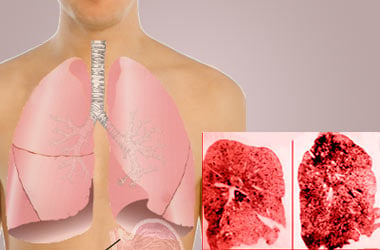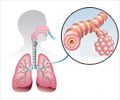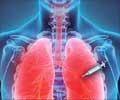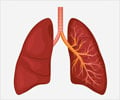- Chong S, Lee KS, Chung MJ, Han J, Kwon OJ, Kim TS. Pneumoconiosis: Comparison of Imaging and Pathologic Findings. Radiographics 2006; 26 (1): 51-78.
- Harrison’s Principles of Internal Medicine 17th edition
- Castranova V and Vallyathan V. Silicosis and Coal Workers Pneumoconiosis. Environmental Health Perspectives 2000; 108 (4): 675-684
- Ross MH and Murray J. Occupational respiratory disease in mining. Occupational Medicine 2004;54:304–310
About
Pneumoconiosis is a group of lung diseases caused by inhaled dust particles. It is a disease characterized by fibrosis and caused by the chronic inhalation of mineral dusts, esp. silica and asbestos.

Pronounciation - pneumo-co-nio-sis (noomō-kō nē ō′sis)
Meaning - [pneumo- Greek - konis, koni, dust -osis.]
It is seen in specific occupations such as coal mining and construction industries where the concentration of dust particles is very high. Thus it can be considered as occupational lung disease. The most common types of pneumoconiosis include silicosis, asbestosis and coal worker's pneumoconiosis. These are discussed in detail in other sections of the article.
Pneumoconiosis causes inflammation of the lungs. The lung tissue in normal people is very elastic. This allows it to expand and contract while breathing. In the common types of pneumoconiosis, fibrous tissue gets deposited in the lungs, the condition being called fibrosis. Fibrosis tends to stiffen the lung tissue and restrict its expansion. The affected person may develop breathing problems, cancer and may even die due to the condition. It is important to diagnose the condition early, as the patient must be removed from the environment at the earliest. Also, preventive measures should be taken to protect other workers from the disease.
Deaths due to silicosis and coal worker's pneumoconiosis in the United States have reduced during the past few years.
Death due to asbestosis increased from 0.49 per million persons in 1970 to 6.73 per million persons in 2000 and then slowly declined. However, these conditions continue to affect the health of a large number of workers.
Prevention is the main stay of the treatment. The person at risk should be removed from the site of exposure and wear protective masks in event of exposure to the dust. Affected patients with lung fibrosis will require treatment with oxygen and sometimes Corticosteroids medication may need to be added.















